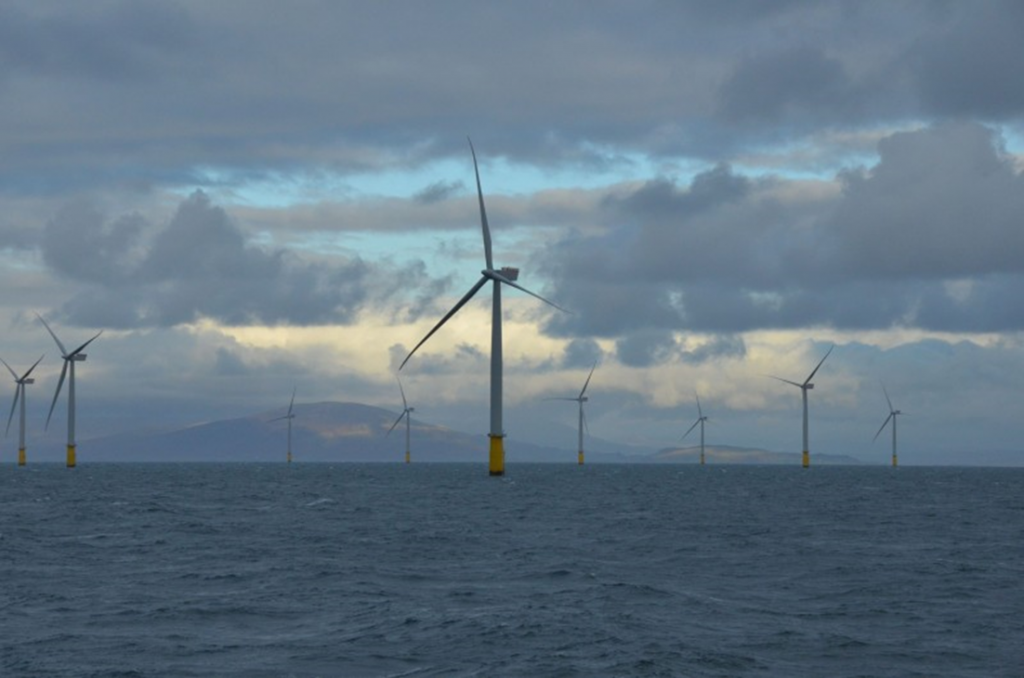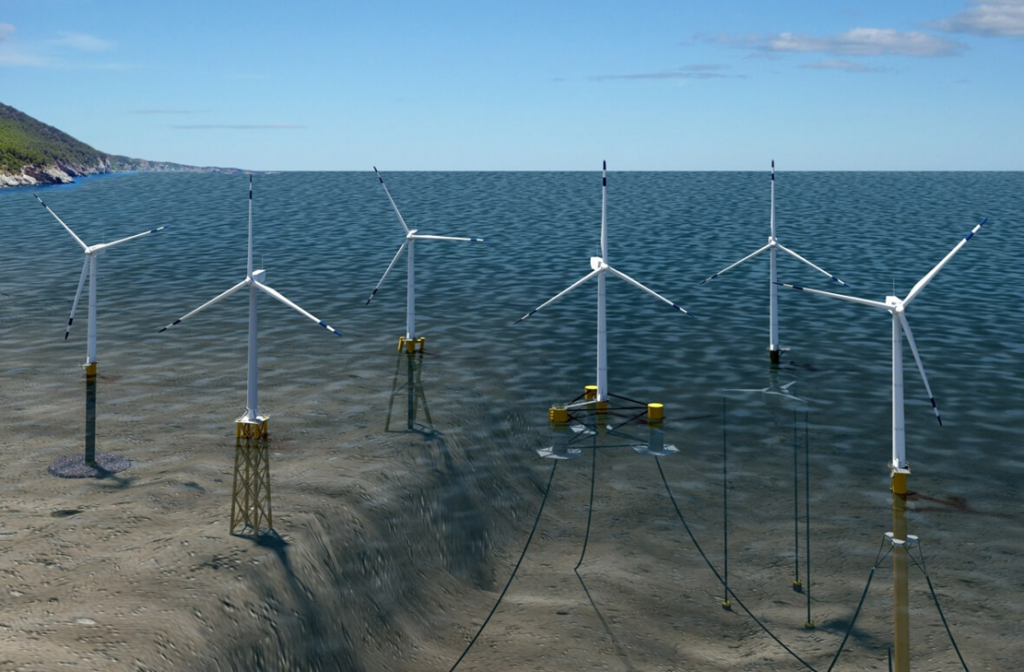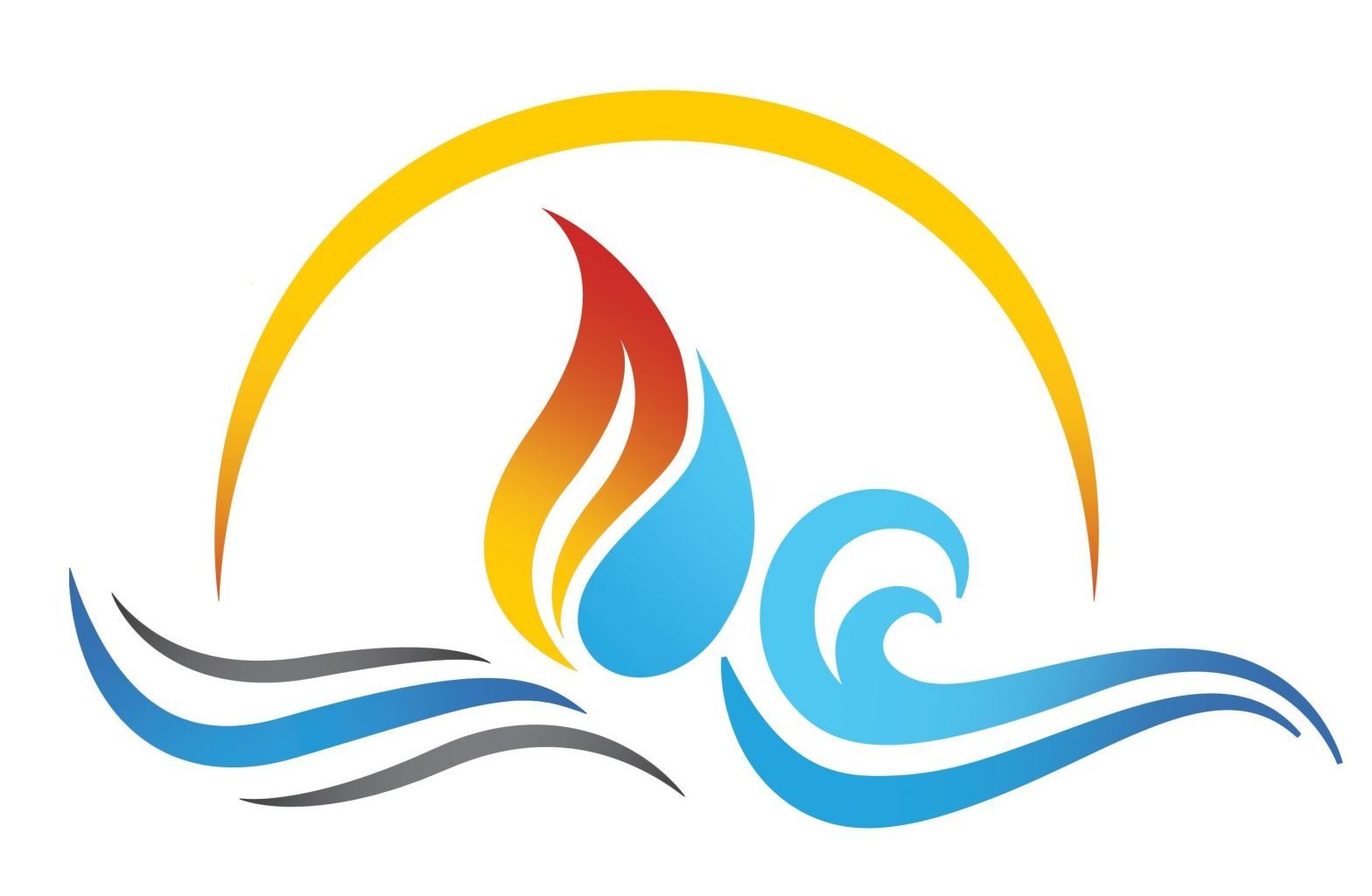
Offshore Wind Farms are attractive due to generally more persistent wind speeds with reduced intermittency compared to some onshore locations. Coastal wind speeds are usually higher than onshore locations depending on topography.
Wind Energy is a function of the wind speed cubed, so a 20% increase in wind speed can result in twice as much Wind Energy, this makes Offshore Wind Farms quite attractive.
Offshore locations are not subject to the same kind of land use constraints as onshore locations. No roads or infrastructure to interface with or avoid. No property or right of way agreements required. Typical locations would be licensed and permitted by governmental regulators.
Large offshore wind farms are being developed or planned. With individual wind turbine capacities of 13-14 MW, the UK’s Dogger Bank Wind Farm (A + B + C) with 277# wind turbines will produce over 3.6 GW of power.
Offshore Transformer Platforms may be required depending on the distance from shore. Submarine power cables would link the Wind Turbines to these platforms and then onwards to shore with transformed power.

Offshore Wind Farm Sites
Offshore Wind Farm Sites can range from nearshore shallow water to remote deepwater locations.
The water depth is a key differentiator in the way these facilities and installed and supported. Foundations can be fixed or floating moored. Additional design criteria is the metocean data (i.e. wave and current). Soil data would be important for the foundation or support design.
Generally much larger wind turbines are possible offshore due to the ease of transportation and installation compared with onshore wind farms.

